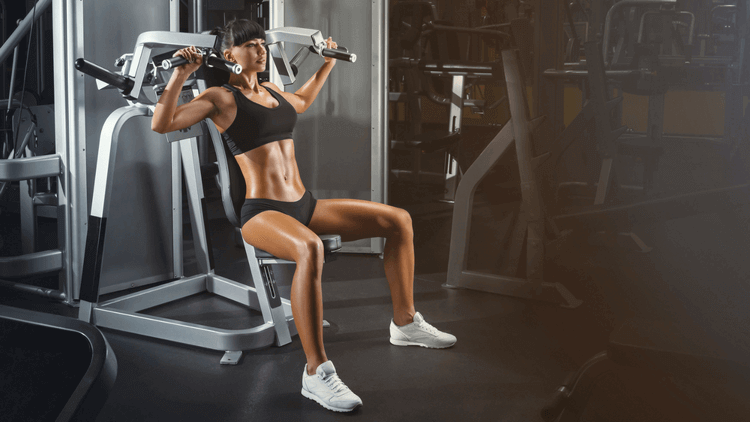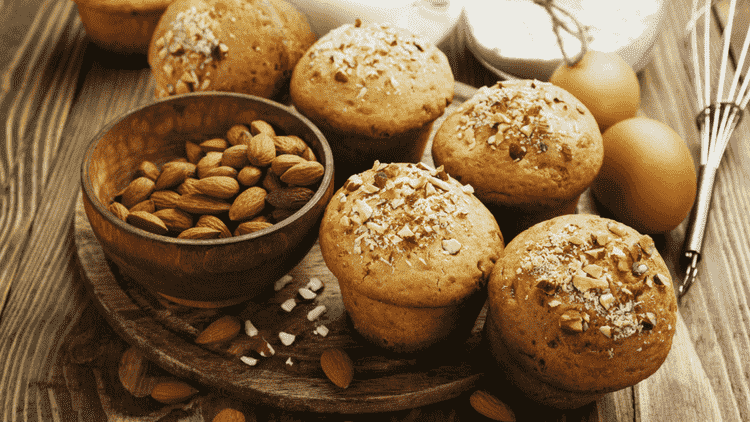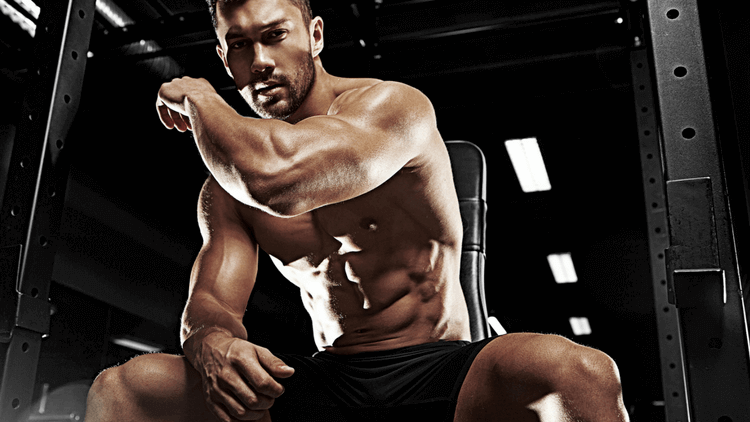Iron-deficiency anaemia is a common issue among active women. If you work out regularly, you could be at risk. Know what to look for and understand what anaemia means for you.
What is anaemia?
Anaemia (or anemia for our American friends) is a health condition that happens when your blood is low in haemoglobin, which means you don’t have enough red blood cells. Haemoglobin binds oxygen, so if you don’t have enough of it, the cells in your body won’t get enough oxygen.
Iron-deficiency anaemia is the most common type of anaemia. Women are particularly at risk because of our monthly periods. Pregnancy and childbirth put some women even more at risk. Exercise can deplete our bodies of nutrients, too. So if you’re an active woman, you need to know the signs of anaemia.
What is a healthy red blood cell count?
In women, a good red blood cell (RBC) level is 4.2 to 5.4 million cells per microlitre (cells/mcL). This will change slightly depending on your body mass, weight, height, and other factors. Your doctor will be able to advise you on your personal RBC levels.
What is the recommended daily allowance (RDA) for iron?
Iron-deficiency anaemia can be treated by increasing your iron levels through supplements or iron-rich foods. The average daily recommended iron intake for adult women is 17.0–18.9 mg per day.
What are the warning signs of anaemia?
The good news is that iron-deficiency anaemia can be treated quickly and successfully with some fairly simple lifestyle tweaks. But you’ll need to know what the signs are. Here are the most common warning flags.
1. Fatigue and energy loss
The problem with this symptom is that it’s also a symptom of lots of other things, including a busy lifestyle. But if you’ve felt very tired for a long time, it’s worth a trip to the doctor, especially if you have other symptoms. Iron-deficiency anaemia leads to exhaustion and lethargy because of low haemoglobin.
2. High heart rate
If you notice that your heart rate has increased from the norm, it could be a sign that you’re anaemic. Lack of sufficient haemoglobin means your body has to work harder to get oxygen to your lungs, organs, and cells. Keep an eye on your heart rate, particularly during workouts.
3. Headaches and shortness of breath
This is another warning sign to look out for during exercise and activity. Anaemia means less oxygen in the blood, which means less oxygen to your brain, organs, heart, and lungs. This can lead to headaches and breathing difficulties, especially when your body is working hard.
4. Lightheadedness
We’ve probably all felt that dizzy feeling when we’re on our periods. If you feel that way more regularly, it could be a sign of anaemia. Again, this is all due to your low red blood cell or haemoglobin levels. Look out for dizziness, lightheadedness, visual disturbances, or ringing in your ears.
5. Pale skin
If you notice your skin is paler than usual, get your iron levels checked out. This symptom can often be seen in your gums as well as the skin on your body.
6. Brain fog
Haemoglobin carries oxygen all round your body, including to your brain. People with anaemia often find it difficult to concentrate, and notice a change in their moods. Imagine feeling “hangry” all the time! That’s what anaemia can feel like. If you’re struggling with focus at work or college, it could be a problem with nutrients getting from your blood to your brain.
Good foods for anaemia sufferers
If you’re diagnosed with iron-deficiency anaemia, your doctor will help you get more iron into your diet. There are lots of useful foods you can eat.
Iron in food comes from both animal and plant sources. Iron from animal sources is known as heme iron and iron from plants is known as non-heme iron. Heme iron is absorbed better than non-heme, but if you are vegan or vegetarian there is plenty you can eat! In fact, meat-eaters should include plenty of non-heme sources, too.
Heme iron/animal sources of iron
- Red meat including beef, game, and wild/exotic red meats
- Liver
- Oysters and clams
- Turkey thigh meat
- Lamb
- Tuna
- Whole eggs
Non-heme iron/plant sources of iron
- Oats
- Beans including kidney beans, lima beans, and navy beans
- Tofu
- Lentils and split peas
- Snack bars with oats, peanut butter, and wholegrains
- Leafy green vegetables including spinach, kale, and watercress
- Brown rice
- Wholegrains and wholegrain products
- Iron-fortified foods including breakfast cereals
We want you to feel healthy and full of energy so you can live an active life! So if you’re worried about anaemia, get it checked out.
Look after yourself!






